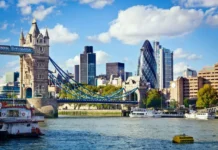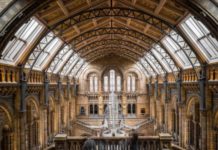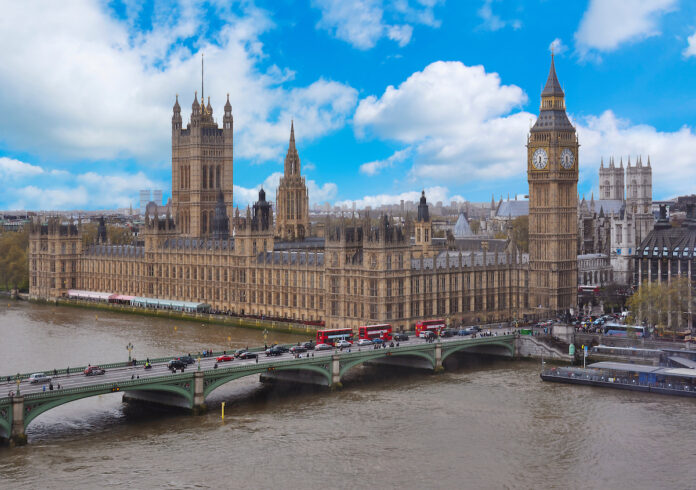
London, a city where history and modernity intertwine, stands at the forefront of architectural evolution. Its landscape, a canvas of centuries-old heritage and cutting-edge designs, narrates a tale of continuous transformation.
As London strides into a new era, its skyline is set to be redefined by groundbreaking architectural projects. These visionary designs not only reshape the city’s aesthetic but also reflect its commitment to sustainability, innovation, and the well-being of its people.
This article delves into the upcoming architectural marvels that are poised to redefine London, highlighting the city’s dynamic journey in shaping its future through architectural brilliance.
The city of London is continually evolving, with idyllic traditional structures simultaneously standing amid the burgeoning ambiance of modern design. The sound and visions of architect London continually transform the cityscape, providing a sensory symphony of progress, building not just physical landmarks, but also shaping the future of architectural design.
The Old Meeting the New
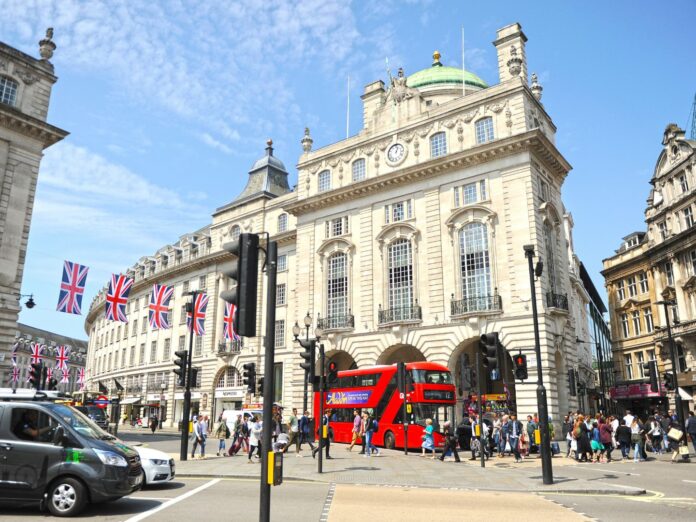
London’s architecture is a stunning fusion of the historic and the contemporary. Iconic edifices such as the Tower of London, Buckingham Palace, and Westminster Abbey provide a contrasting backdrop to the sleek lines of The Shard, 30 St. Mary Axe (The Gherkin), and the O2 arena.
This amalgamation of old and new is what compels people from all around the globe to admire the city’s unique architectural landscape.
Adding to London’s Architectural Tapestry
As we step into a new decade, several fresh architectural visions are set to continue shaping London’s future. These new projects are not just physical manifestations of grand design, they also reflect the city’s commitment towards sustainability, innovation, and people-centric urban planning.
1. The Tulip
View this post on Instagram
The would-be newest member of the London skyline, The Tulip, is an architecturally ambitious project symbolizing London’s steps towards designing buildings that promote sustainability and public engagement. This stunning 305-meter tall tower aims to deliver panoramic views of London with a minimal concrete and steel structure that has a lower carbon footprint compared to traditional skyscrapers.
2. MSG Sphere
Another visionary project in London’s architectural pipeline is the MSG Sphere. Set to be constructed in Stratford, this large-scale venue will redefine how entertainment experiences are delivered. The spherical structure, enabled by high-tech audio and visual technology, aims to revolutionize live performances while also serving as an immersive advertising space.
Cultural and Historical Significance in London’s Architecture
London’s new architectural projects often reflect the city’s rich cultural and historical heritage. These developments respect traditional aspects of London’s identity, while also reinterpreting them for the modern era.
For instance, some projects may incorporate motifs from historical buildings or use materials that echo those found in London’s iconic structures. This blend of old and new maintains the city’s historic charm, ensuring that the evolving skyline remains deeply rooted in its past.
By doing so, these projects not only pay homage to London’s history but also ensure that the city’s architectural legacy continues to thrive amidst modernization.
Community Impact of Architectural Developments
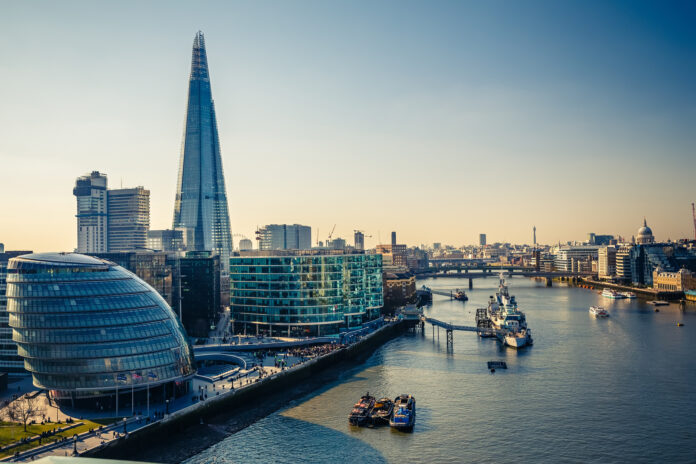
The impact of these architectural marvels on local communities is multi-faceted. During construction, these projects often create job opportunities, boosting local employment and economic growth.
Post-construction, they can enhance the quality of life for residents in numerous ways. This includes improving urban landscapes, offering new public spaces, and potentially increasing the availability of housing and amenities.
The integration of these structures into the community fabric can lead to revitalized neighborhoods and increased civic pride, making these projects not just architectural feats but also catalysts for community development.
Architectural Challenges and Innovations
Delving into the architectural challenges and innovations associated with these projects reveals their complexity. Unique design elements often require innovative solutions, whether it’s in dealing with the city’s ancient foundations or adhering to strict urban planning regulations.
Engineering feats might include incorporating advanced building technologies or achieving ambitious sustainability goals. These innovations often set new standards in architecture, pushing the boundaries of what is possible in urban construction and design.
Sustainability features, in particular, demonstrate a commitment to eco-friendly development, which is increasingly important in today’s urban landscapes.
Public Reception and Critiques of New Projects

The reception of these upcoming architectural projects by the public and critics offers valuable insights. Public opinion can range from excitement over innovative designs to concerns about how these structures will fit into the existing urban landscape.
Architectural critics may praise the creativity and technical achievements of these projects, or they might highlight potential drawbacks or missed opportunities. Including this spectrum of responses underscores the importance of public engagement in urban development.
It also highlights the challenges architects face in balancing innovation with public expectations and the existing character of the city.
Collaboration and International Influence in Architecture
Many of London’s new architectural projects involve collaborations with international architects, drawing inspiration from global architectural trends. This international influence is evident in the diverse styles and innovative approaches seen in the city’s skyline.
Such collaborations not only enrich London’s architectural landscape but also demonstrate the city’s role in the global architectural community. By integrating international perspectives, London’s architectural projects contribute to and are shaped by worldwide design trends, reinforcing its status as a global city.
These collaborations foster a cross-pollination of ideas, ensuring that London’s architecture remains at the forefront of innovation and creativity. London’s latest architectural developments are a testament to the city’s dynamic nature.
They encapsulate a respect for historical significance, positively impact communities, demonstrate architectural ingenuity, elicit varied public responses, and engage with the global architectural scene. Together, these facets paint a picture of a city that is constantly evolving, yet deeply aware of its rich heritage and global responsibilities.
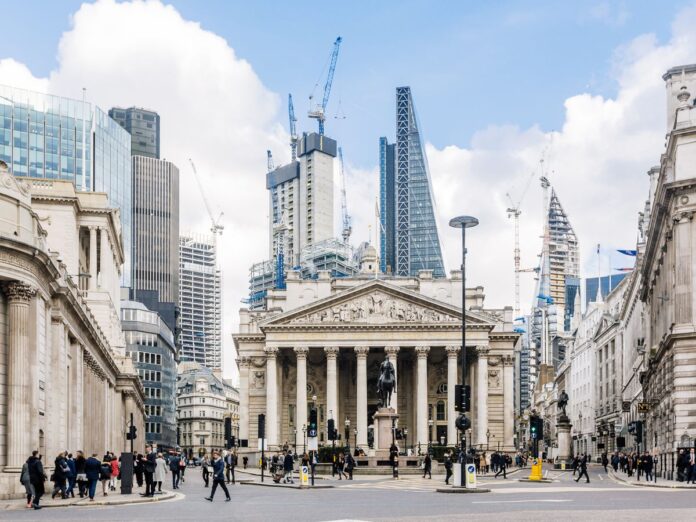
Conclusion
London’s architectural future holds promising prospects. Projected designs like The Tulip and the MSG Sphere are not only set to enhance the city’s skyline but also its people’s way of life. Besides, they implicitly express the city’s commitment to global issues like sustainability, inclusivity, and digital integration.
Indeed, the role of an architect often extends beyond creating awe-inspiring structures. The buildings they shape, provide more than a place for people to live or work; they mold societies and experiences. Through their skill and vision, architects build tangible manifestations of a city’s growth, shaping not just the physical, but also the socio-cultural landscape of a metropolis like London.

